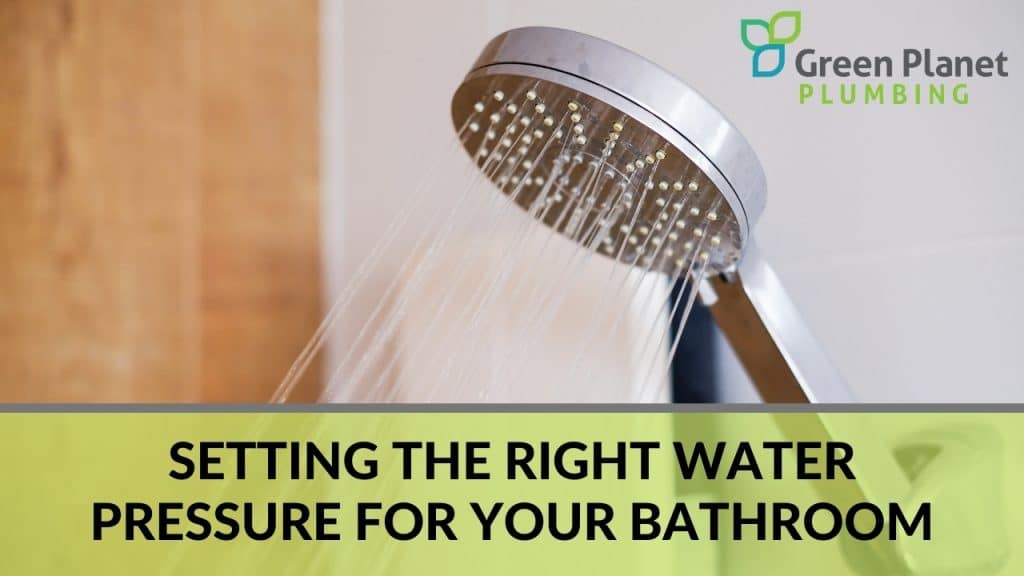Ensuring you have the right water pressure in your house can do wonders.
All of us have encountered water problems in our bathrooms at some point in our lives. In most cases, these problems have incorrect water pressure settings as the cause. While the process of changing water pressure itself is simple, there are factors you need to consider beforehand. Setting your home’s water pressure with these factors in mind can help prevent problems in the long run.
The Importance of Setting the Right Water Pressure
High water pressure is ideal for some homes, especially those with heavy water use, to ensure an ample supply. While setting water pressure high is tempting, it can cause a significant amount of problems. Some of the most notable ones include:
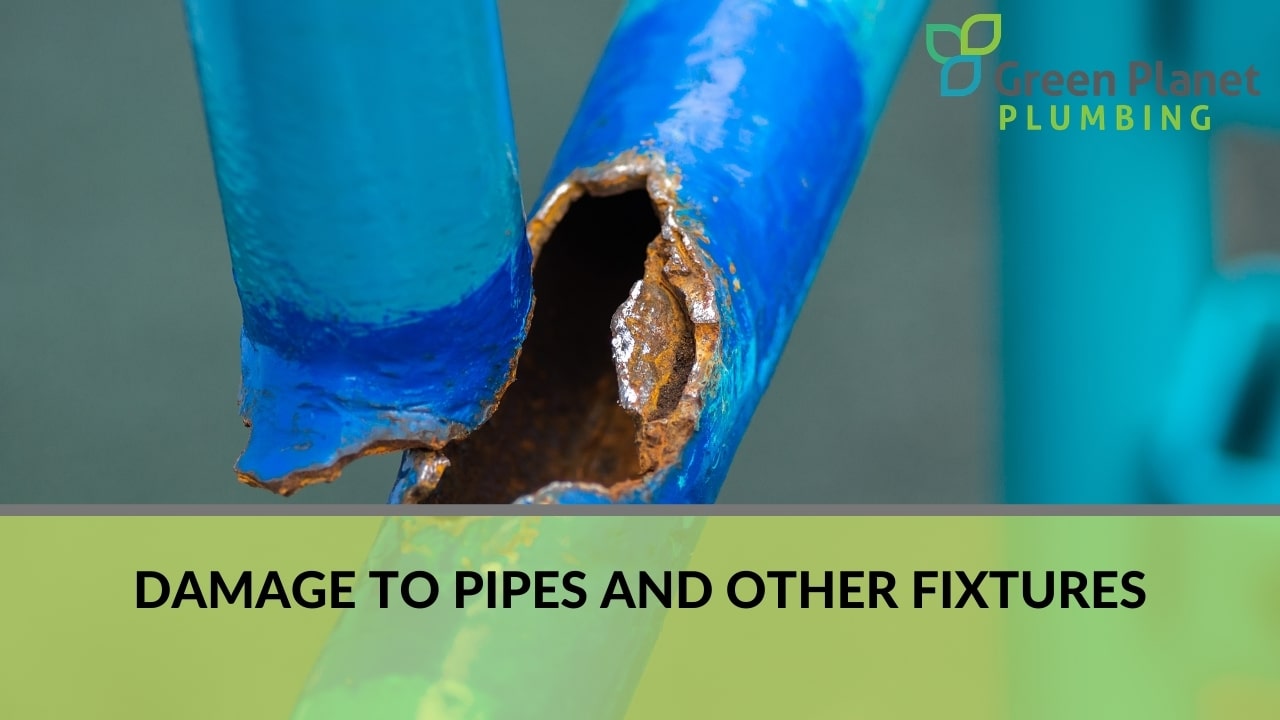
Damage to pipes and other fixtures
High water pressure causes the water in your pipes to flow strongly and may cause damage. Any damage to your pipes, of course, can lead to more serious problems in the long run.
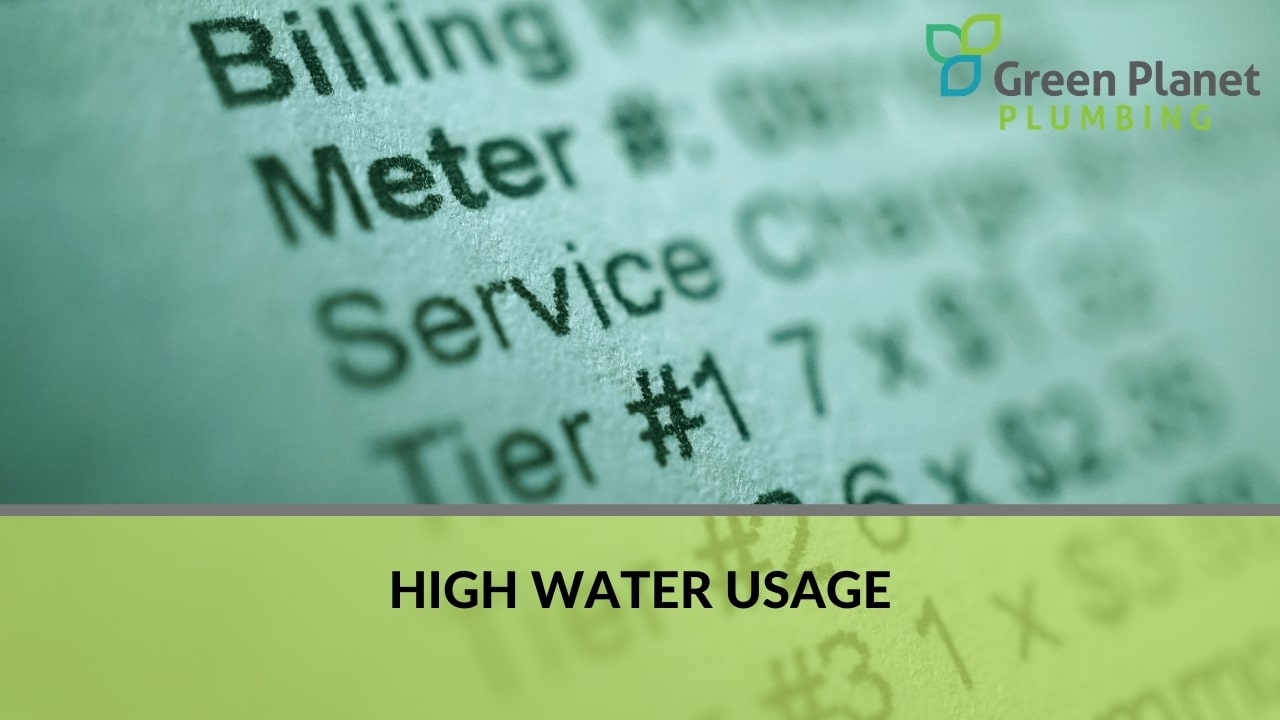
High water usage
Is your water bill disproportionately high compared to your water use? If so, then this can indicate either leaks or water pressure that is too high. Make sure to check the pressure if it’s just right.
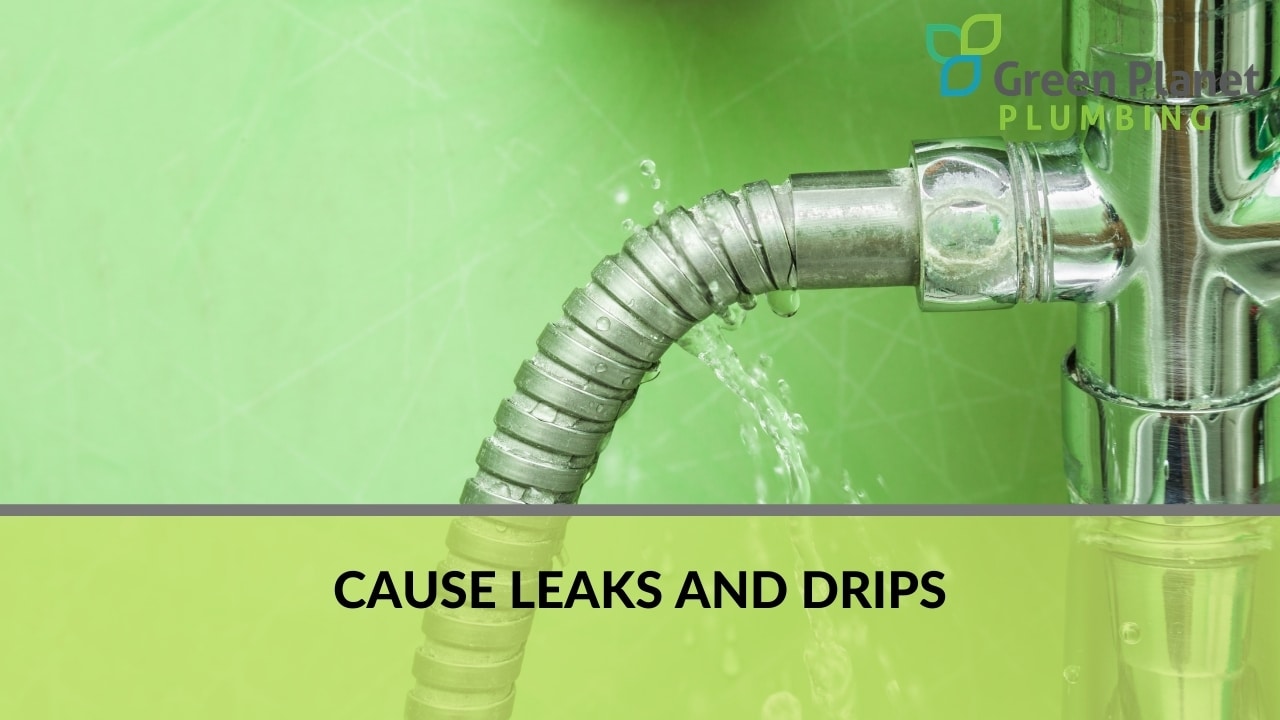
Cause leaks and drips
Your faucets, toilets, and other areas for water output may not be able to contain high water pressure. As a result, leaks and drips become more likely. While initially just an annoyance, drips can cause more problems later on.
On the other hand, setting the water pressure too low can cause you a lot of inconveniences. While the long-term effects aren’t as bad as setting water pressure too high, they can still be problematic. Some of the things that can happen with low water pressure include:
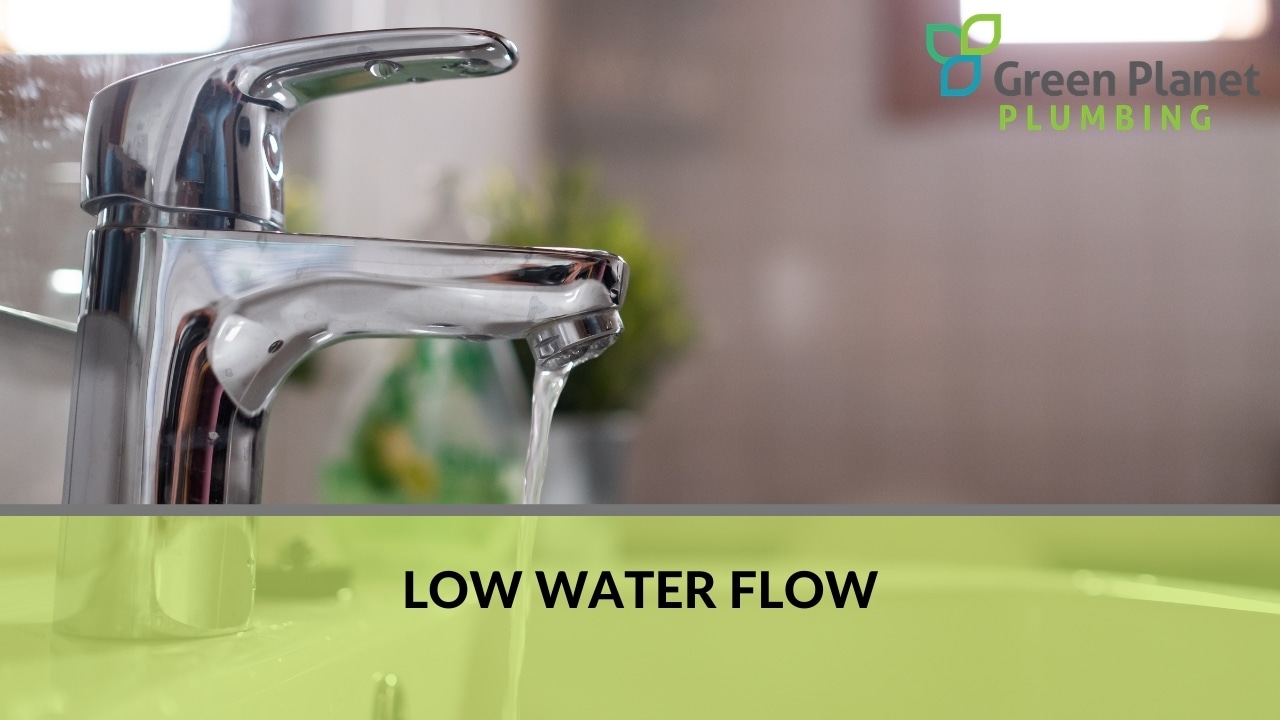
Low water flow
The most immediate effect of low water pressure is low water flow throughout your home. This becomes more apparent when multiple faucets are turned on all at once.

Water loss
More serious water pressure problems can cause a complete loss of water for some parts of your home. This can particularly be a problem for bathrooms in the upper storeys of your house.
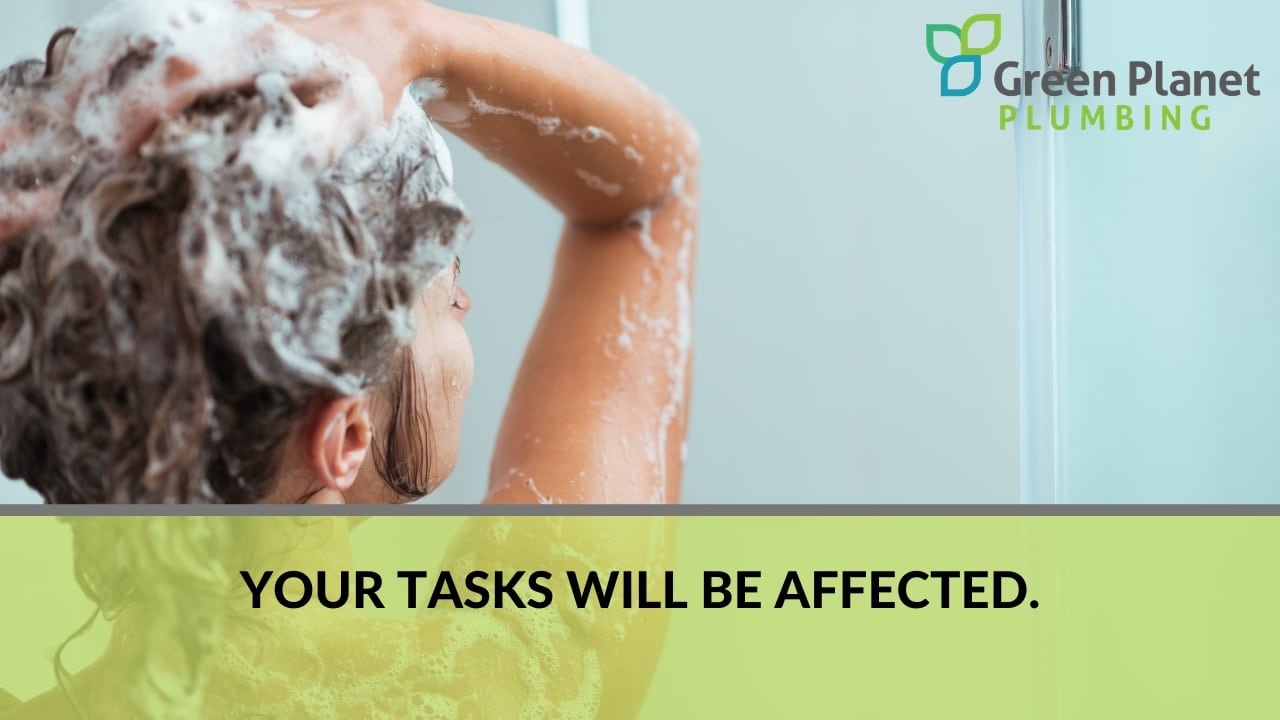
Your tasks will be affected.
Have you ever tried cleaning or showering with poor water flow? Doing these tasks when water pressure is low can be wasteful and consume much more time than otherwise.
Most homes set the water pressure between 40 to 60 psi. Of course, there are other factors you have to consider regarding what value to choose in this range.
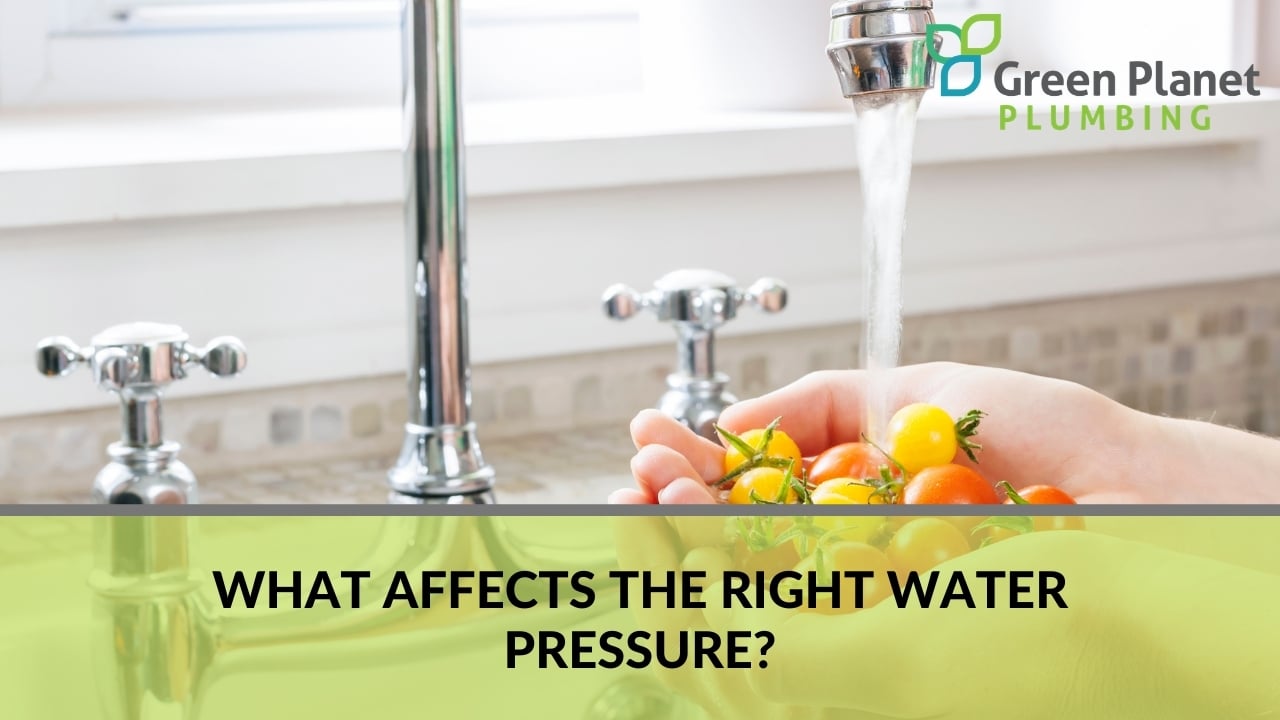
What Affects the Right Water Pressure?
Setting the correct water pressure for your home isn’t a one-and-done task. Several things affect the water pressure demands of your home. Some of the things that can affect the water pressure requirements of your bathroom include:
Elevation
Bathrooms located in the lower storeys have easier access to water compared to rooms in the upper storeys. While low water pressure may suffice for first-storey bathrooms, the upper storeys may have trouble accessing water. This is because it is challenging to move water upward through the pipes if water pressure isn’t sufficient.
The number of rooms that use water
The more rooms you have that require water, the higher your water pressure requirement will be. Of course, you will have to also consider simultaneous use since it increases water pressure demand.
An average Australian consumes 100,000L of fresh water annually. The addition of one more person to the household significantly increases water demand. As such, you need to also consider how the people in your home will potentially simultaneously use water.
Other special considerations
Bathrooms and kitchens aren’t the only determinants for water pressure requirements in your home. Make sure you also consider washers, hot tubs, pools, and the like. These significantly increase water use so think about how frequently you use them.
Be sure to identify the water demands of your home to determine the ideal water pressure. Carefully evaluate the different factors we have measured above to help you do so.
Causes and Signs of Faulty Water Pressure
Plumbing systems are carefully crafted to give adequate water supply to homes. Problems, however, can still arise due to various reasons. Some of the things that can cause water pressure fluctuations in your bathroom are the following:
Problems with the water supply
In most cases, the problem doesn’t have anything to do with your home. If you’re experiencing water problems, check if there are any scheduled interruptions set by your water supplier.
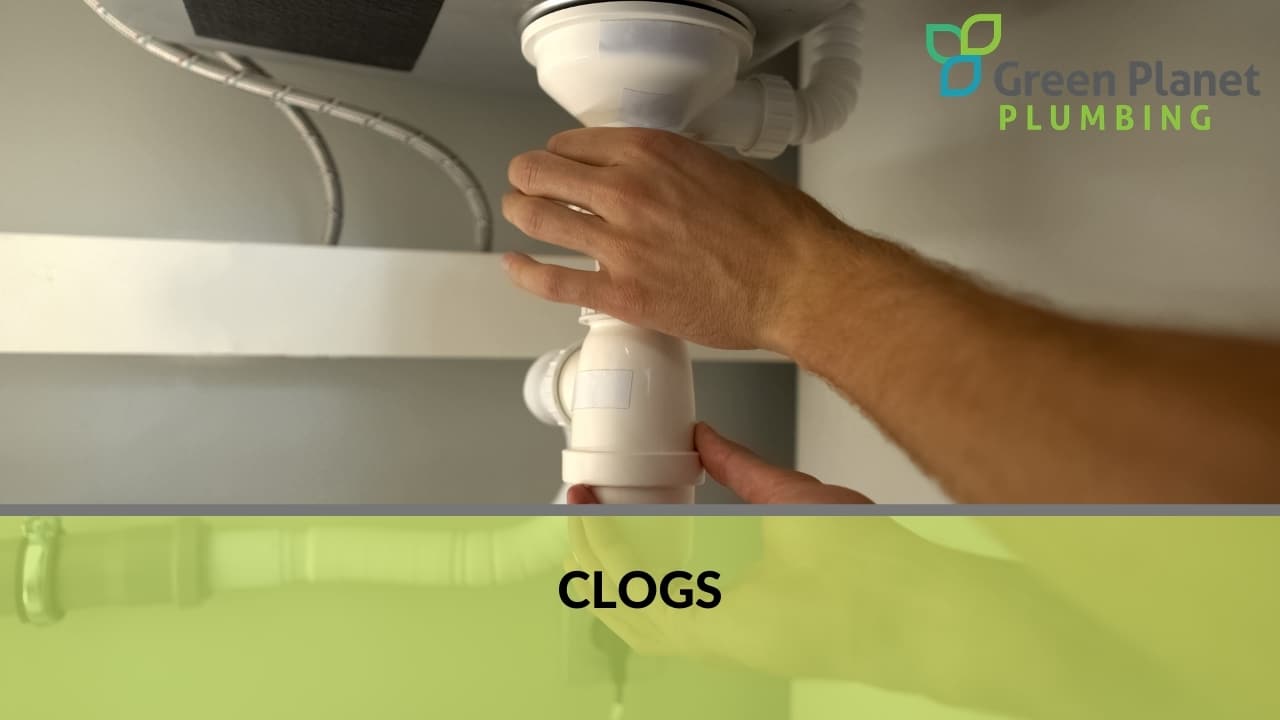
Clogs
Clogs are among the most common causes of low water pressure. The presence of blockages in pipes can prevent water from flowing efficiently. Large clogs can even cause a complete loss of water flow.
Among the most common culprits for clogs are mineral deposits from hard water. Make sure to unblock visible mineral build-ups, such as those in showerheads or faucets. If you suspect blockages in the pipes themselves, you may have to call a professional plumber.
Gas build-up
Sometimes, gas bubbles will form inside pipes. These arise due to different factors, but the effect is almost always the same – water fluctuations. Complete water loss is also possible in more serious cases. If you notice that your water flow frequently sputters, then gas bubbles may be the problem.
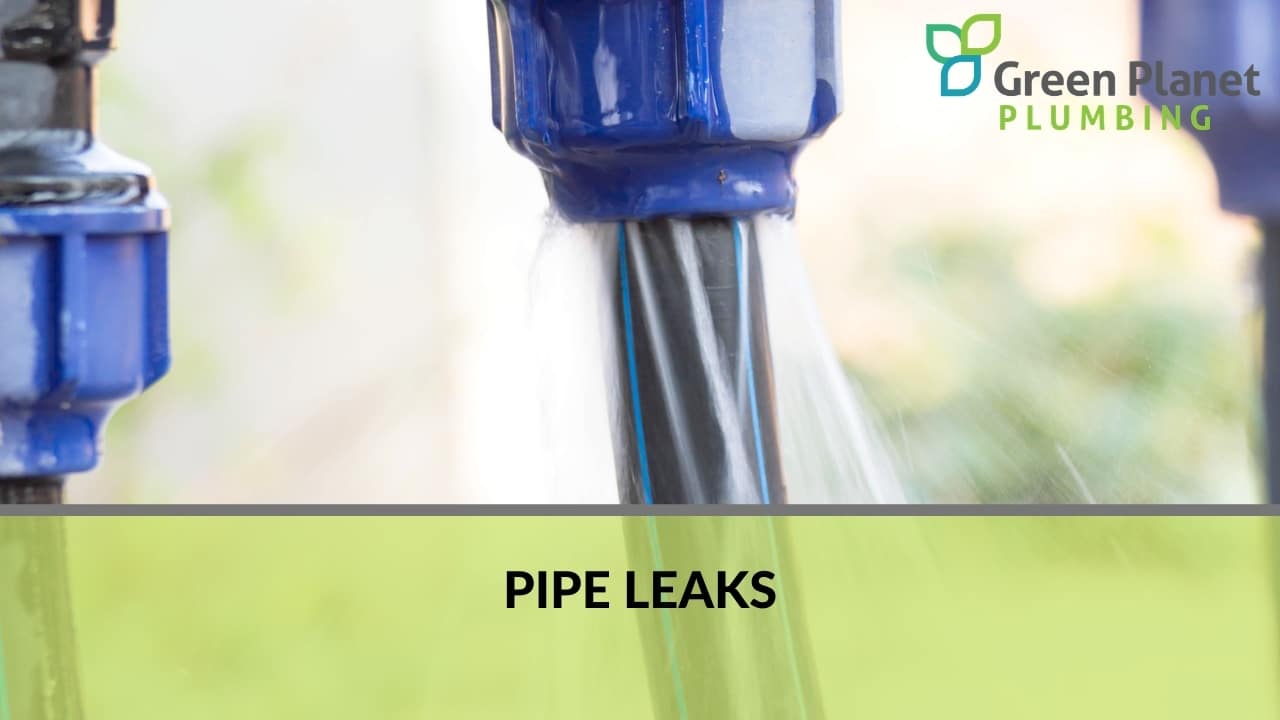
Pipe leaks
Leaky pipes inside your home can cause local water pressure drops. Pipe problems with the water supplier, on the other hand, may cause low water pressure for entire neighbourhoods.
Ask around in your street to if neighbours also experiencing low water pressure. If so, then the problem is likely with the supplier. If not, then you may need to hire a plumber to have a look at your home’s supply system.
Faults in the pressure regulator
All houses have a local water pressure regulator, a valve which reduces incoming water pressure to prevent damage. Problems with your water pressure regulator can lead to faults with the water supply in your home. If you suspect that this is the case, then have your water pressure regulator replaced.
Spotting these problems early is crucial to keeping your home’s water system in proper working order. Leaving these unaddressed can lead to significant problems. This is why you always have to watch out for the signs that tell you something is afoot. Some of the things to watch out for that can indicate pressure problems include:
Strange noises
Strange noises from within your house’s walls when the water is on can indicate high water pressure. This is due to the contact between water travelling at high pressure and your pipes.
If this is the case, then take steps to reduce the water pressure. Prolonged exposure to excessively high water pressure can cause damage to your home’s pipe system.
High water bill
Excessively high water pressure in your home can cause you to consume much more water than you need. Also, the pressure may cause faucets and toilets to increase output unnecessarily. These can make your water bills skyrocket, so make it a habit to check your water pressure regularly.
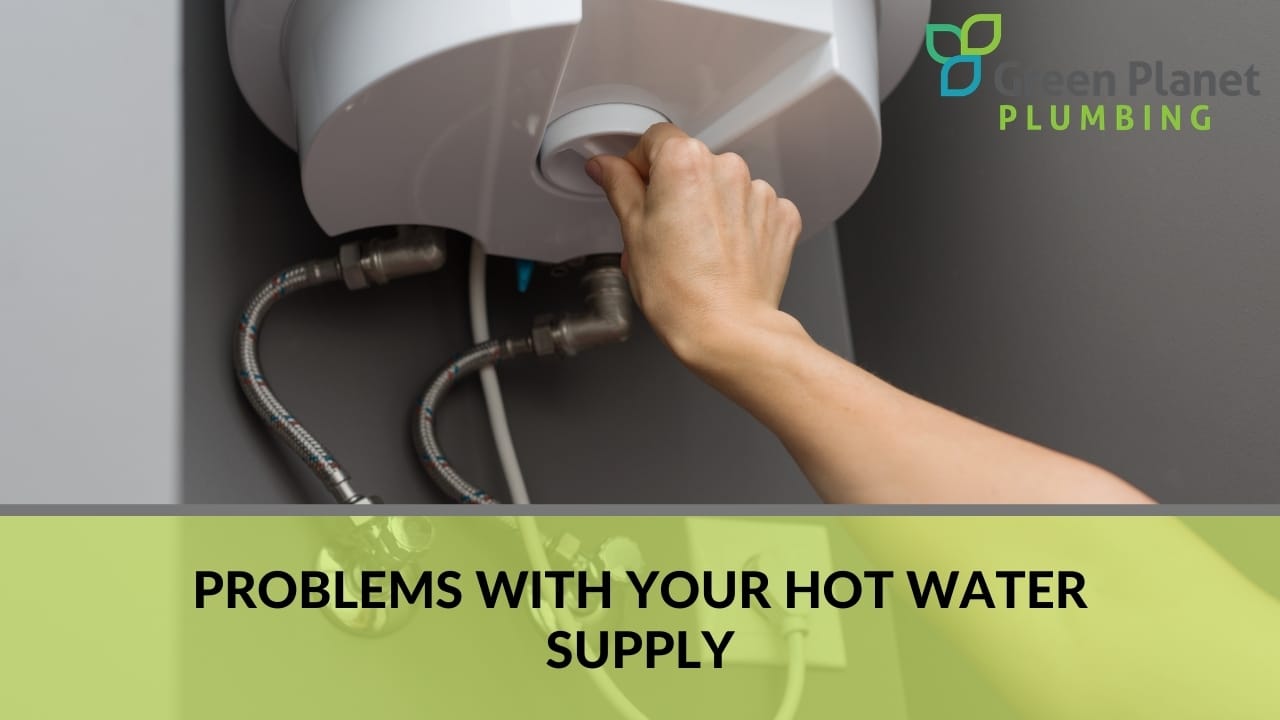
Problems with your hot water supply
Does your hot water supply fluctuate even though you have no problems with your water heater? If so, then the problem may be due to high water pressure. This is because the heater is not given enough time to heat the water before it exits. Low water pressure, on the other hand, can cause excessive heating of water.
Drips and leaks
If you spot drips and leaks from your faucets and sprinklers, high water pressure may be the problem. As we mentioned earlier, the water pressure may be too much for these outlets to handle, thus causing leaks.
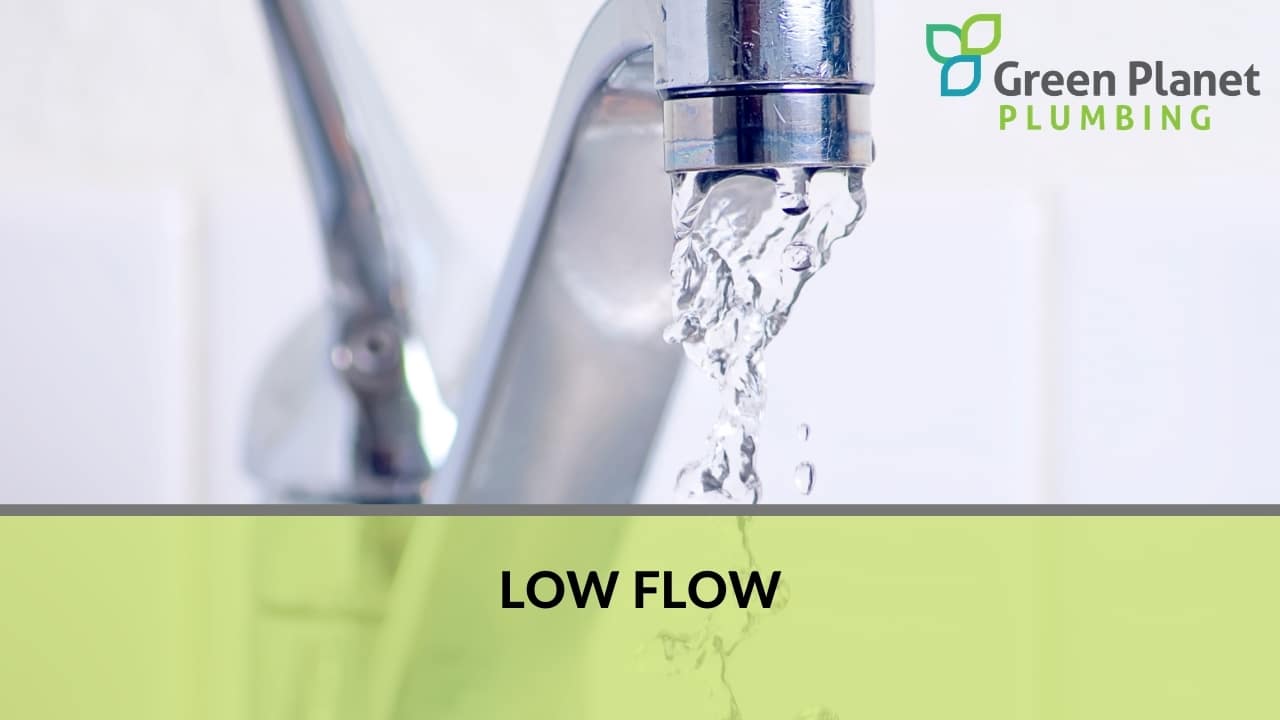
Low flow
Low water output is the most classic sign of low water pressure. Simultaneous water use that leads to low water output may indicate a slight lack of pressure. On the other hand, low output even without simultaneous use shows a more significant need for pressure increase.
Having water pressure that is too high or too low can be harmful. Be sure to watch out for all the signs of water pressure problems to prevent complications in the future.
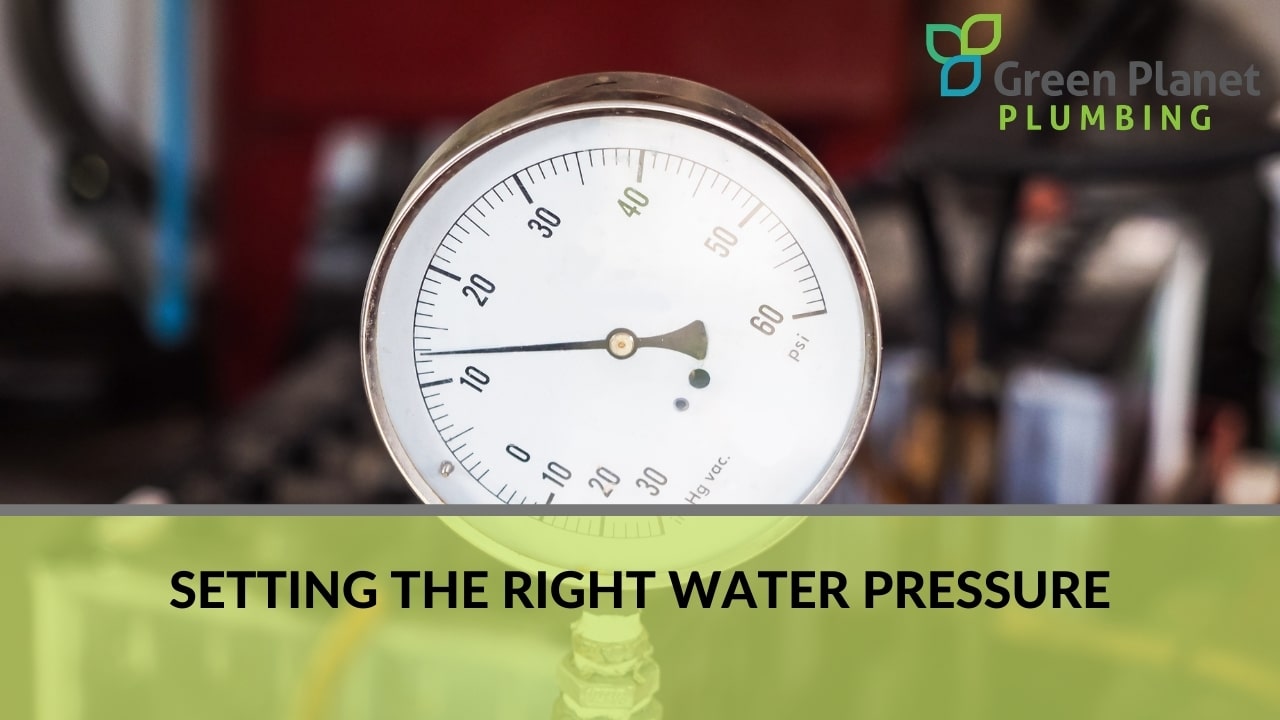
Setting the Right Water Pressure
Naturally, setting the right water pressure for your home is the best way of keeping your water system healthy. It may sound challenging but is actually quite simple if you already know what to watch out for.
Some of the best steps to make sure that you set the right water pressure are the following:
Set a pressure based on your needs.
Most homes have a water pressure range of 40 to 60 psi (or 580 to 870 bars). Keep your water pressure within this safe level to prevent complications.
Also, we mentioned that factors like elevation, water use, and appliances like washing machines, affect pressure requirements. Keep a list of all the rooms and items that use water to help determine the ideal pressure. Adjust your home’s water pressure within the safe range while keeping the items that need water into consideration.
Make sure that the pressure valve works correctly.
The first thing that you have to do is to check your pressure valve’s performance. This, after all, ensures that you can properly control the incoming flow of water into your home.
If water pressure still does not change even if you change the settings, the valve may be faulty. If this is the case, change your valve as soon as possible to prevent further complications.
Install a water pressure gauge.
A water pressure gauge is an instrument that can be connected to a pipe system to determine pressure. These gauges are commonly installed close to the water pressure valve for easier adjustment.
Installing a gauge makes sure the water pressure in your home is always kept at optimal levels. Luckily, these items are inexpensive and are readily available in many hardware stores.
Do the simultaneous use test.
Simultaneous water use, as mentioned earlier, can lead to problems in water flow if water pressure is insufficient. A good hands-on test of water pressure is by doing a simultaneous water use test. Turn on multiple faucets in your home and evaluate whether the output is sufficient for your needs.
If water flow sputters or weakens excessively, then water pressure may be insufficient. Of course, make sure that the pressure remains within the safe levels when you adjust.
Check for the signs of water pressure problems.
We have listed a good number of water pressure problem indicators above. Make sure that you do a check the moment that any of these signs become apparent. Leaving them unaddressed may, after all, lead to further problems with your water system.
It also helps to do a regular check for these signs in potentially problematic areas. Some of these include areas of water output, damage-prone fixtures, and the water pressure valve.
Look for the culprits if you have water pressure problems.
In some cases, water flow is only interrupted in some parts of your home. If this is the case, try to diagnose where the potential problem could be.
For example, suppose that the second storey has low pressure but the first storey is fine. This could then mean that the problem can either be the pipe leading to the second storey. Another possibility could be that water pressure is too low to lift the water efficiently. As another example, suppose that only one bathroom has low water flow. Possible culprits include localised pipe blockages, damaged pipes, or mineral deposit accumulation at the output area.
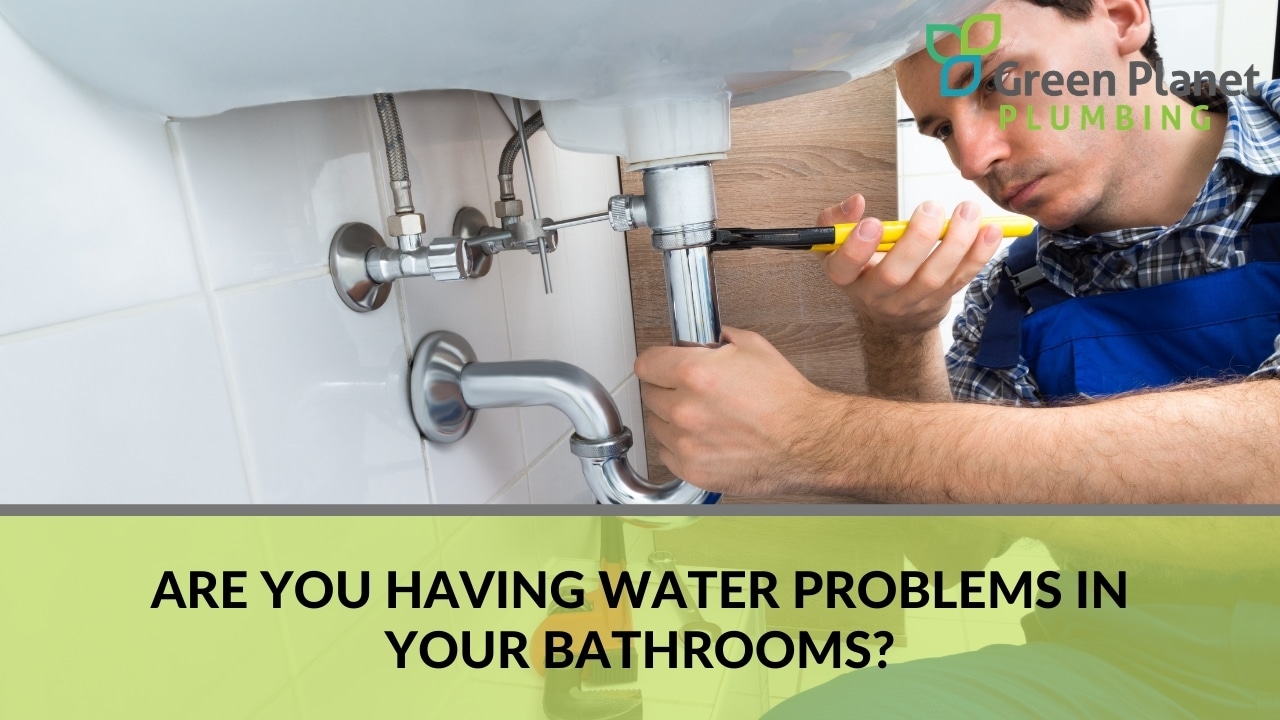
Are you having water problems in your bathrooms?
Many water problems in homes are directly linked to problems with water pressure. Diagnosing these problems can be tough and may need a professional opinion. Fortunately, if you’re located in Newcastle and the surrounding areas, we’ve got professionals that can help.
Green Planet Plumbing has the best and most experienced master plumbers you can find. If it’s water pressure problems that you have, we’ve got your back. You may contact us through 02 4911 9402.

